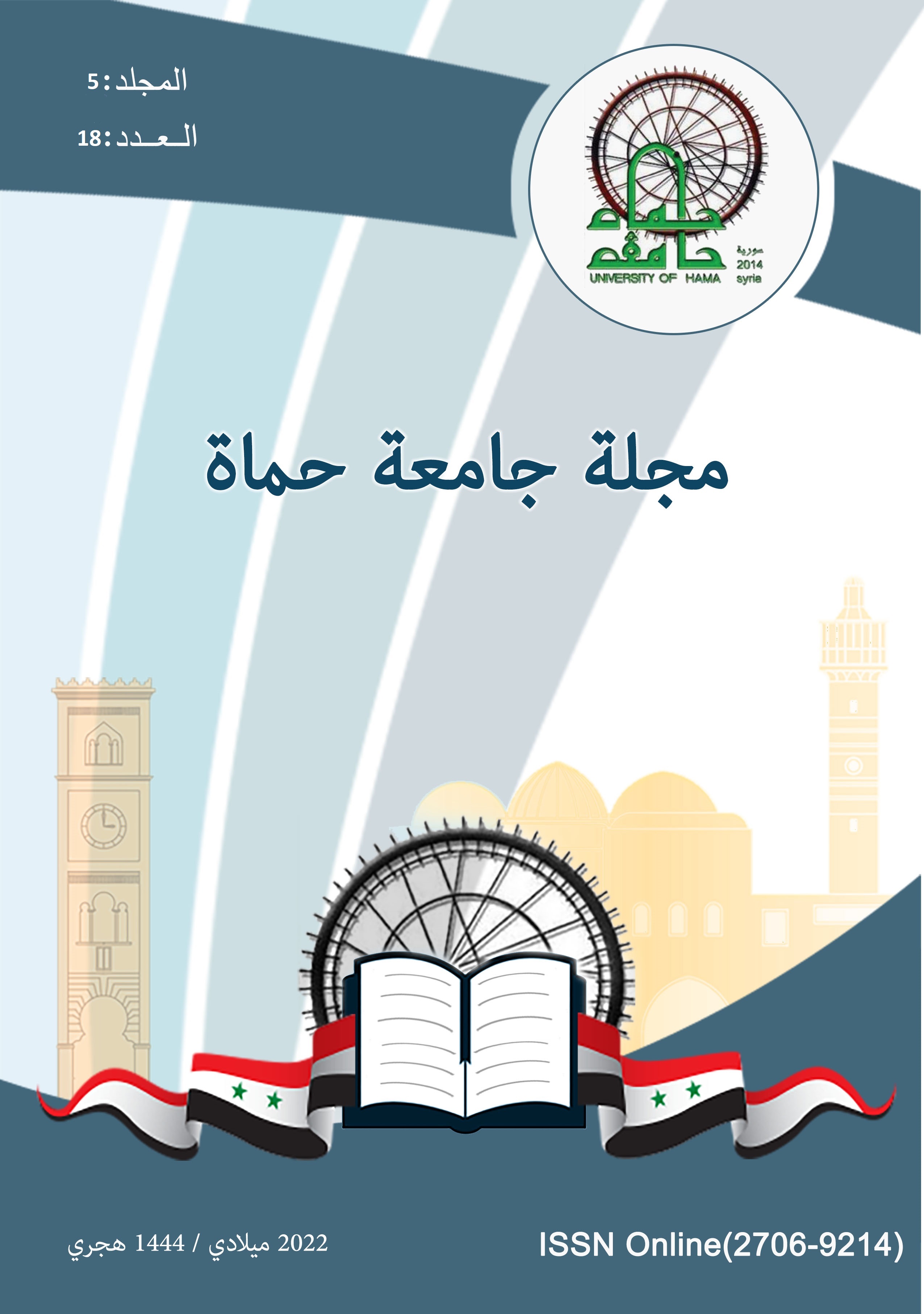A Comparative Study to Evaluate Facial Scars Management by Autologous Fat Graft alone or with Platelets Rich Plasma
الملخص
The aim of this study was to evaluate the management of facial scars by injecting fat graft alone or with platelet-rich plasma, after preparing the area by injecting it with platelet-rich plasma ten days before. The study was conducted on (40) facial scars present in 40 patients selected according to specific clinical criteria. It was divided into two groups that included 20 scars, the first group was treated with the autologous fat graft, the second group also 20 scars were treated with the autologous fat graft with PRP, patients aged between 18 and 38 years, 32 females and 8 males. Ten days before the process, for both groups, the scar site was prepared by PRP. As for the process of preparing the autologous fat graft, it was carried out through the washing process for both groups. The cases were monitored in stages and evaluated after three and six months, through which three variables were monitored ,the satisfaction of the patient and the satisfaction of the observer and the patient's desire to restore injections, patient satisfaction was well better in a group with plasma, and in terms of the final evaluation of the aesthetic aspect from the observer's point of view. It was slightly similar after three months, but after six months, the groups became almost equal in both. After six months, patients wanted to re-inject 30% in the group with PRP, while up to 40% in the group without PRP, : Autologous fat graft with PRP is better in managing facial scars than the Autologous fat graft alone, but without statistically significant differences, where the significance level was greater than 0.05 (P>0.05) and with a confidence degree of 95%, we recommend using Autologous fat graft with platelet-rich plasma in the management of facial scars.
References
2. Phillips TJ, Gerstein AD, Lordan V. A randomized controlled trial of hydrocolloid dressing in the treatment of hypertrophic scars and keloids. Dermatol Surg 1996; 22: 775-778.
3. Bagheri SC, Bohluli B, Consky EK. Current Techniques in Fat Grafting. Atlas Oral Maxillofac Surg Clin North Am 2018; 26: 7-13.
4. Klinger M, Marazzi M, Vigo D et al. Fat injection for cases of severe burn outcomes: a new perspective of scar remodeling and reduction. Aesthetic Plast Surg 2008; 32: 465-469.
5. Nilforoushzadeh MA, Heidari-Kharaji M, Alavi S et al. Transplantation of autologous fat, stromal vascular fraction (SVF) cell, and platelet-rich plasma (PRP) for cell therapy of atrophic acne scars: Clinical evaluation and biometric assessment. J Cosmet Dermatol 2021; DOI: 10.1111/jocd.14333.
6. Spiekman M, van Dongen JA, Willemsen JC et al. The power of fat and its adipose-derived stromal cells: emerging concepts for fibrotic scar treatment. J Tissue Eng Regen Med 2017; 11: 3220-3235.
7. Wu M, Karvar M, Liu Q et al. Comparison of Conventional and Platelet-Rich Plasma-Assisted Fat Grafting: A Systematic Review and Meta-analysis. J Plast Reconstr Aesthet Surg 2021; 74: 2821-2830.


